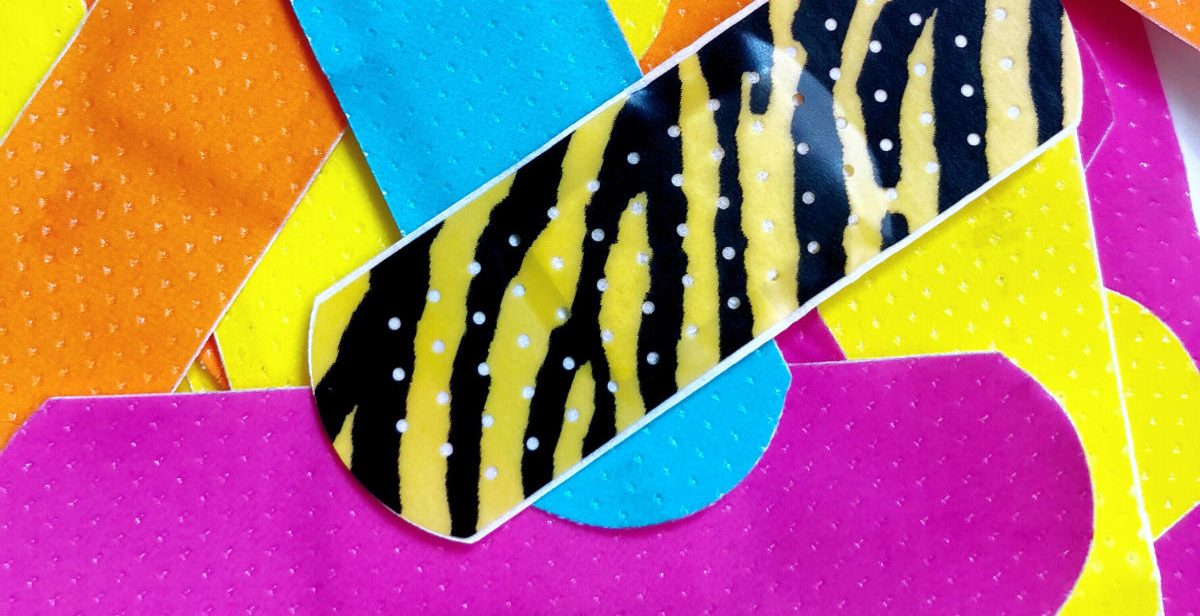Imagine a nurse on standby 24/7 inside your band-aid administering drugs when the doctor tells them to. A team of engineers at Tufts University in Medford, MA, has designed a prototype for “smart bandages” that work with your body to heal chronic skin wounds faster and more efficiently than traditional band-aids and bandages.
The technology works by monitoring a wound’s daily healing process using smart-sensors and then triggering the delivery of specific drugs to aid in recovery.
Healing chronic wounds
These new smart bandages were specifically designed to help patients with chronic wounds as a result of diabetes, burns, and other medical conditions that overwhelm the skin’s ability to repair itself.
Estimates suggest that more than 25 million people in the US have been affected by chronic non-healing wounds.
These wounds are susceptible to persistent infections and are one of the leading causes of limb amputations. And the healthcare costs associated with treating chronic wounds often puts a severe financial burden on patients and their families.
Cheaper than a band-aid?
The current market for wound healing technologies exceeds $15 billion and the market for scar treatments accounts for another $12 billion in the U.S. alone. It’s a market that has had little innovation relying on tried and tested techniques.
The engineers at Tufts University envisioned a more innovative, affordable and effective solution for treating chronic wounds.
They developed their smart bandage technology as a way to protect wounds from the outside world, while also being able to monitor the world inside the wound so that treatment could be targeted as required, rather than being left to time (and hope) alone.
Old smart technology
The smart bandage is a modern approach to an ancient treatment strategy. The basic design of bandages hasn’t changed for millenia, but the integration of flexible 21st century nano-technology with wearable medical devices is transforming the way scientists tackle many medical problems.
Smart bandages are one of many new technologies that interpret live signals from the body and use that data to augment treatment processes.
These live signals are key indicators of the immune system’s capacity to combat any infection or disease present in the body. The ability to monitor blood pH level, bacterial loading, tissue oxygenation, and inflammation levels means treating wounds can be targeted to individuals and can happen more quickly.
Once sensors detect vital signs in the wound, information is sent to a microprocessor attached to the bandage. The microprocessor reads the data from the sensors and releases drugs on demand from its carriers by heating a gel containing specific wound-healing drugs.
The smart bandage is only 3mm thick and extremely flexible, meaning it can be worn just like a traditional bandage. The team specifically selected inexpensive materials to create the products and made the microprocessor reusable to lower costs for patients.
Revolutionizing healthcare
Smart bandages — and smart ‘health tech’ — are revolutionizing the way we think about health care. A device that is capable of providing diagnostics and treatment from the comfort of a patient’s home is the perfect solution for elderly and disabled patients who often struggle with frequent hospital visits to check how well their wounds are healing.
Advancements such as this experimental bandage show how rapidly the medical field is evolving to provide personalized care that suits patients’ needs and lifestyles.
References:

